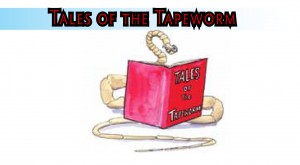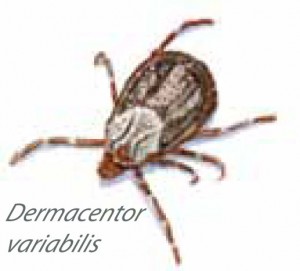But wait, there is yet another reason why you do not want to get bitten by a tick.
ISSN-1059-6518
Volume 28 Number 4
By Frank Hubbell, DO
A tick bite can spread various diseases, but, as it turns Read more

A tick bite can spread various diseases, but, as it turns Read more

By Frank Hubbell, DO
May 2015 – St. John, USVI
A spectacular day of snorkeling in the Caribbean Sea off the island of St. John, USVI is temporarily interrupted by an itchy, red rash on the sides and abdomen of one of the swimmers. What the heck is that all about?
She states that she did not feel any pain, stings, or itchiness while in the water. The rash came on about an hour after getting out of the ocean and seemed to coincide with jumping into the freshwater pool back at their villa to rinse off. She states that as she got out of the pool, she felt stinging sensations on her sides and abdomen. While snorkeling, she had been wearing a t-shirt over her bathing suit to protect her back from sunburn.
After a bit of research, it turns out that the rash is referred to as a seabather’s eruption or pica pica, and is caused by “sea lice.” The misnomer is that the rash is not caused by “sea lice,” which are fish ectoparasites, but instead, by the teeny, tiny larvae of the thimble jellyfish.
The Thimble Jellyfish, Linuche unguiculata, also known as a sea thimble or button jellyfish is a small, (strangely enough) thimble-sized, 13 – 20mm jellyfish. Even though it does have nematocysts, stinging cells, it is not considered a threat to humans.

Illustrations by T.B.R. Walsh
Powassan virus is an arbovirus, Read more

In previous editions of the WMNL, articles have been written on the various tickborne diseases. Over the past few years several important changes have occurred, and there have been several more illnesses added to the list.
Tickborne Diseases:
– Leading insect vectorborne diseases in USA.
– 95% of all insect vectorborne illnesses in USA.
– Second only to mosquitoes worldwide in causing and spreading disease.
– Ticks are little cesspools.
– Lyme Disease is the #1 tickborne illness.
– Anaplasmosis (HGA) is the #2 tickborne illness.
Here is the current list of tickborne diseases seen in North America:
